At the Rebecca School, students are exposed to a wide variety of literature including poems, songs, fairy tales, plays, and nonfiction. The Literacy program at the Rebecca School places comprehension as the primary focus. Those students who are already readers may be working with reading materials that are below their decoding level, however, these texts challenge them to answer more complex comprehension questions about inferences and conclusions, perspectives, plot sequence, and making predictions. In this way we are supporting their symbolic thinking rather than their memory skills. With our emerging readers we work heavily on their auditory comprehension of texts. Favorite songs and rhythmic patterns in predictable and emotionally rich texts are used to help children develop a strong sight word vocabulary and increased fluency. Decoding skills are used later to support students who have early sight word fluency. Our literacy goals address four major areas of literacy, comprehension, fluency, word recognition, and interest in reading. We use the following programs to inform our curricular approach.
Balanced Literacy: Provides skills for reading, writing, thinking, speaking, and listening through a variety of strategies including modeled, shared, guided, and independent reading and writing. Students are immersed in a print rich environment. Sight words around emotionally relevant themes and objects help students with concepts of print awareness and reading readiness skills.
Lindamood- Bell: Verbalizing for Language Comprehension and Thinking (V/V): Works to develop a student’s big picture thinking. Through guided questions and a hierarchy of skill building, students work to improve language comprehension, critical thinking, and expressive language. The program’s goal is develop a student’s ability to create symbolic representations of texts as they read them in order to build on comprehension and inference skills.
Handwriting without Tears: Teaches strategies for fluent and legible handwriting. Through hands on, multisensory developmental approach, the program targets student’s core challenges in fine motor control. The program begins at a pre-K skill level, working with students to develop hand readiness skills, finger control, and improved body awareness. For older students, the program provides instructional techniques for consistent habits for correct letter formation. Rebecca School Teachers and Occupational Therapists work together to plan handwriting and pre- handwriting activities in every classroom.


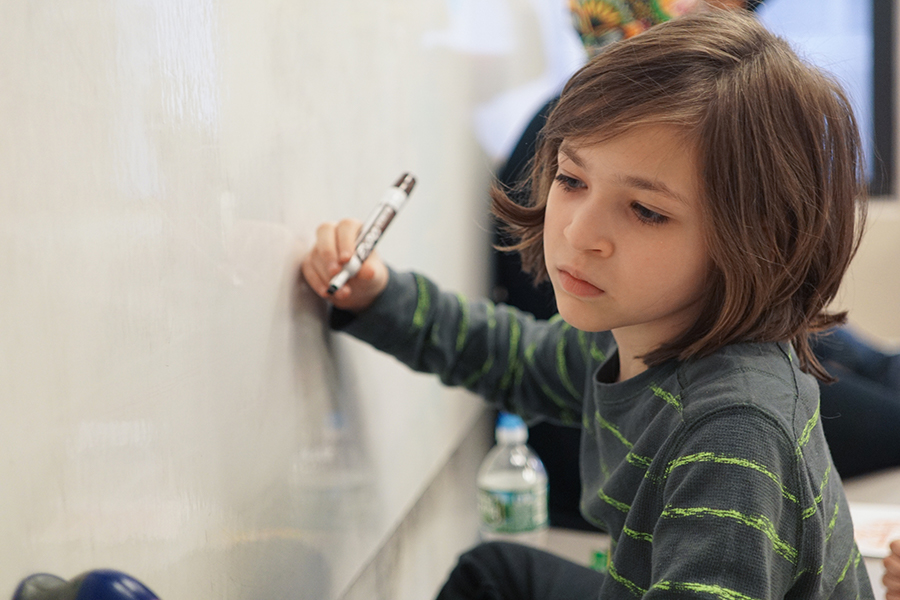
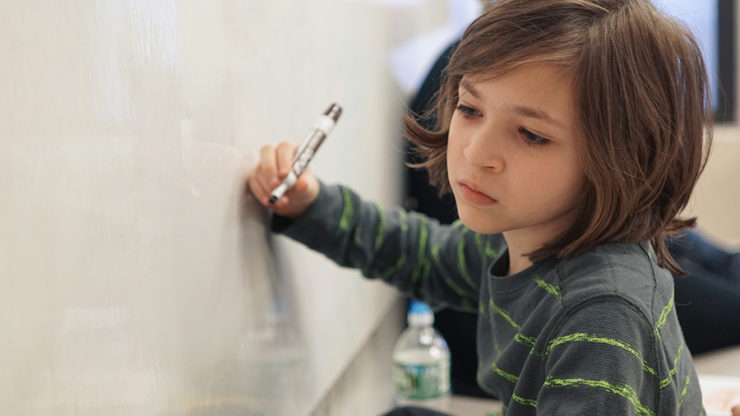
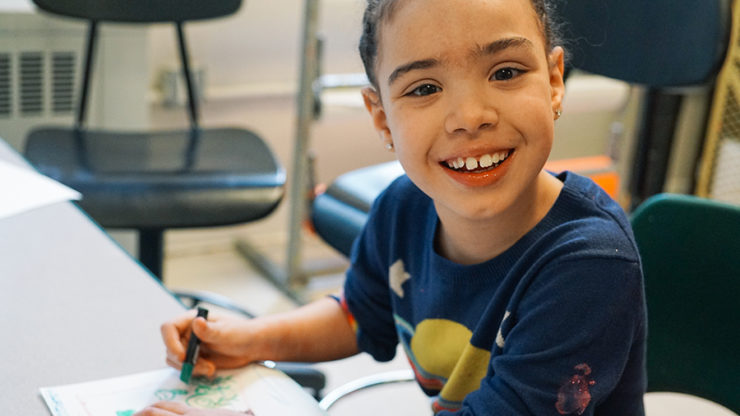
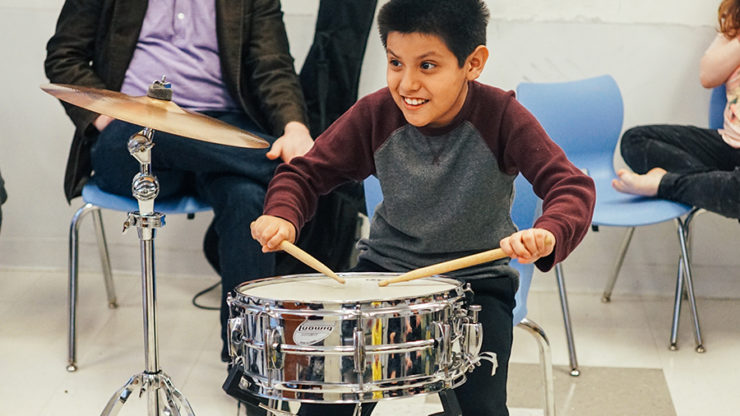
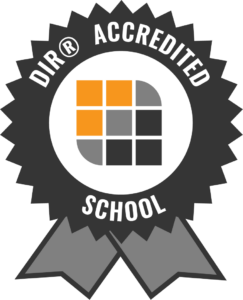
Leave a Reply